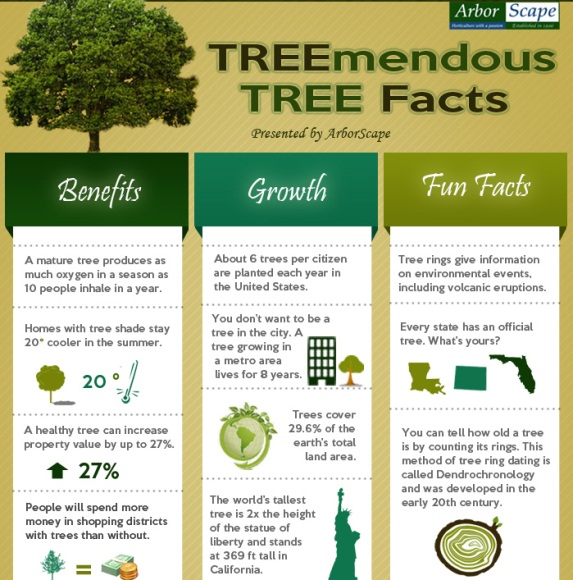Tree Elimination Aftercare: Best Practices For Landscape Healing
Tree Elimination Aftercare: Best Practices For Landscape Healing
Blog Article
Uploaded By-Powell Cho
After a tree's removal, your landscape may look fairly different, and it's necessary to analyze the consequences very carefully. You'll want to assess the dirt disruption and inspect surrounding plants for any kind of indications of stress. Neglecting these elements can bring about bigger issues down the line. So, what should How To Prune A Dogwood Tree perform with those stumps and origins? And exactly how do you select the most effective plants for your revitalized space? Let's explore these important actions.
Examining the Aftermath: Examining Your Landscape
After a tree elimination, it's vital to examine your landscape to comprehend the impact it has on your lawn.
Begin by analyzing the area where the tree stood. Try to find indicators of soil disturbance, and inspect the bordering plants for any type of stress or damages.
You need to additionally take note of exactly how the elimination has actually altered sunshine exposure and airflow in your yard. This shift can affect the growth of nearby plants, so it's vital to review their health.
Take into consideration the aesthetic elements too; the elimination may create an open space that you can upgrade.
Ultimately, think of any kind of possible disintegration problems that might emerge from the tree's absence. Addressing these aspects early will help recover balance to your landscape.
Dealing With Stumps and Roots: Choices for Elimination
Once you've analyzed the aftermath of the tree elimination, you'll likely need to take on the stump and roots left.
You have a couple of choices for removal. One effective technique is stump grinding, where a specialist utilizes a machine to grind the stump down to underground level. This approach leaves minimal disruption to your landscape.
If you choose a DIY approach, you can make use of a mix of excavating and chemical stump cleaners. Simply bear in mind, this process can require time and initiative.
Conversely, think about leaving the stump as an all-natural feature, which can function as a special garden component or environment for wild animals.
Whatever you choose, resolving the stump and roots is crucial for recovering your landscape.
Selecting the Right Plants for Your New Room
As you analyze your recently gotten rid of space, picking the right plants can dramatically improve your landscape's elegance and performance.
Start by thinking about the sunshine and soil conditions. For sunny locations, select drought-resistant plants like lavender or succulents. In shaded areas, ferns and hostas grow well.
Consider the size and development habits of your plants; mix perennials and annuals for seasonal selection. just click the up coming post fail to remember to integrate indigenous species; they need much less maintenance and support local wild animals.
Team plants in weird numbers for a much more natural appearance and produce layers for aesthetic deepness.
Lastly, guarantee you have a mix of colors and appearances to keep your landscape vivid throughout the seasons.
Satisfied growing!
Final thought
Finally, recovering your landscape after tree elimination is a fulfilling process. By analyzing the consequences, attending to stumps and origins, and selecting the right plants, you'll develop a thriving setting. Don't forget to include erosion control procedures to protect your soil. With a little effort and treatment, you can change your area right into a vivid garden that boosts your property. Embrace the possibility to revitalize your landscape and delight in the elegance of nature right in your backyard!
